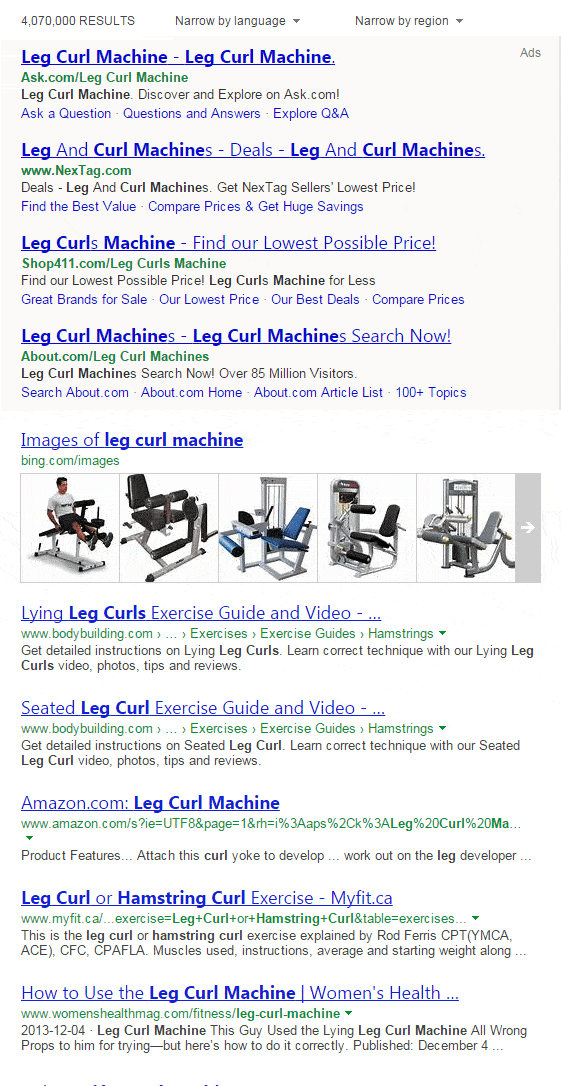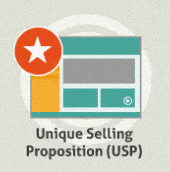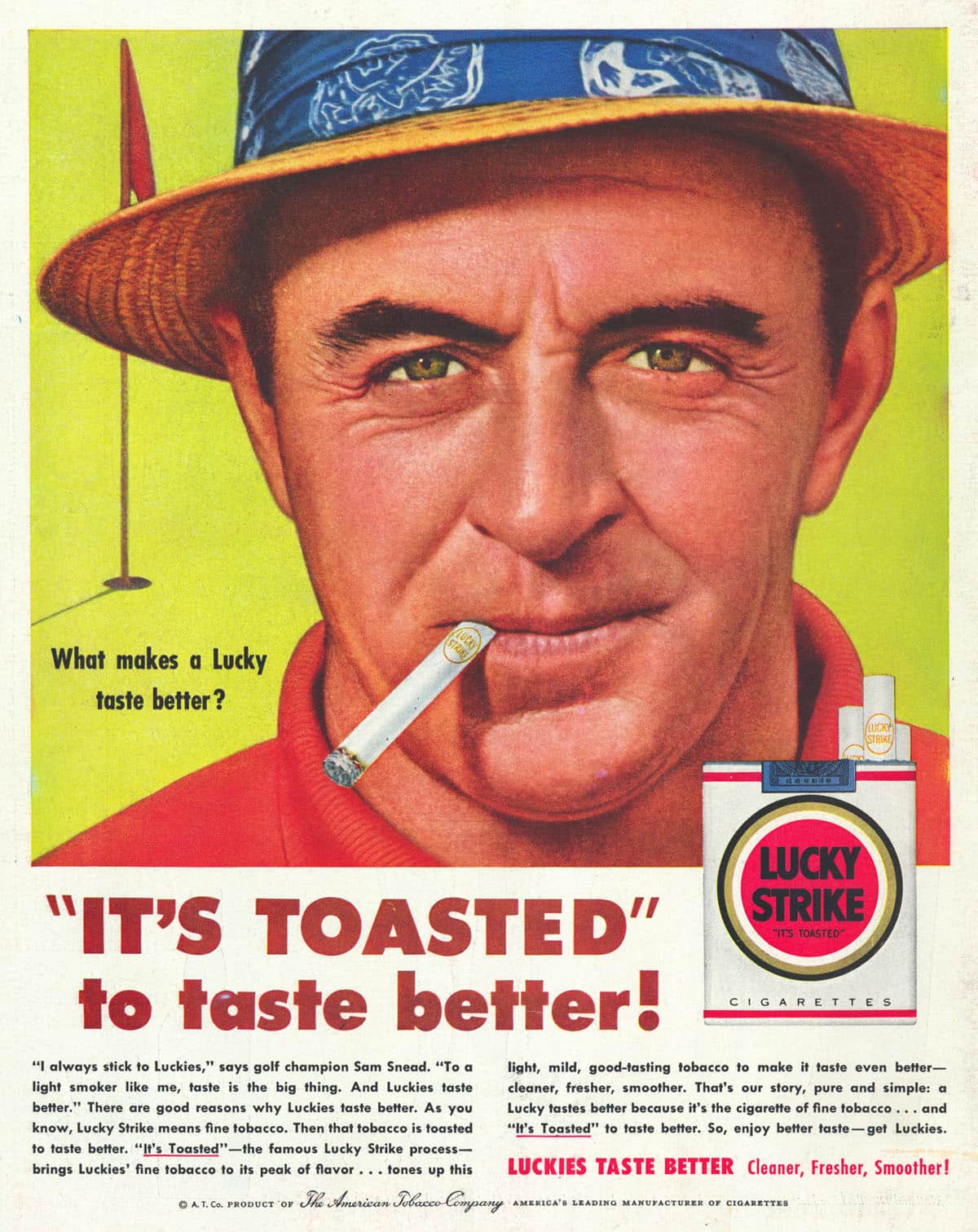The character of Don Draper, the dapper protagonist of the multi-Emmy Award winning program Mad Men, is a composite drawn in part from a number of real-life advertising people.
Draper’s professional accomplishments are said to be based on those of Rosser Reeves. Among other notable contributions to the profession, Reeves helped develop the idea that advertising must highlight a product’s Unique Selling Proposition (USP – sometimes referred to as unique value proposition or UVP).
Reeves’ more famous applications of the USP principle include “Melts in your mouth, not in your hands” for M&Ms candy, and “Better Living Through Chemistry” for Dupont Corporation.
Draper demonstrates his ability to distill and highlight a product’s USP in the very first episode of Mad Men, entitled “Smoke Gets in Your Eyes”.
It’s the early 1960s, a time when cigarette smoking was at its zenith, but also a time when consumers became more aware of its health risks.
In one scene, executives of the Lucky Strike cigarette company are about to leave, unimpressed that Draper and his colleagues were unable to get around the health question. But a passing remark tweaks Draper’s imagination and he calls them back.
“This is the greatest advertising opportunity since the invention of cereal”, says Draper. “We have six identical companies making six identical products.”
“We can say anything we want.”
Draper asks the execs about the cigarette-making process, and toasting the tobacco is one of the steps they mention.
“There you go,” says Draper. And he writes ‘It’s Toasted’ on a chalkboard.
“But everyone else’s tobacco is toasted”, replies an exec.
“No”, replies Draper.
“Everyone else’s tobacco is poisonous. Lucky Strike’s is ‘Toasted’.”
USPs and Online Conversion Optimization
Fast forward five decades from Mad Men times and USPs are more in demand now than ever. With mere seconds to capture a visitor’s attention on websites and landing pages, digital marketers rack their brains to come up with clear USPs to quickly set their products apart and drive conversions.
But it seems that the passage of time has also blurred the vision of a USP. Today, to develop a USP, companies are advised to find the one thing they do that‘s not done by any of their competition. Or at least that’s how most digital marketers interpret the idea of a unique selling proposition.
From using the personality of an owner or employee, to developing unique packaging or processes, like Man Crates, businesses are frantic to find something that is absolutely different about their offer. They struggle to define their USP.
Make no mistake, if there is something that is absolutely unique about your company or product, then you have an excellent USP. But “if” is the biggest word in that sentence.
It’s a Unique Selling Proposition
As well as it works, it’s a simplification of the process to make your USP dependant on a unique characteristic. It’s an over-emphasis on ‘unique’. And it’s an easy solution; find something unique about your product and, poof, you have your USP.
But what happens when everyone is “dedicated to customer service”, “exceeds expectations” and “saves you money”? Developing a unique “selling proposition” takes a little more work.
A USP should propose something that will help you convert and sell. Something that customers will uniquely associate with your company. And that something does not need to be unique to your company. How so? Think about the “It’s Toasted” story.
You need to look only as far as some famous advertising slogans for examples of USPs that don’t represent anything different about a company, but that suggests something to customers that they uniquely associate with the company or brand.
- “Just Do It”
It’s one of the greatest advertising slogans of all time. And one of the greatest USPs. Yet it does not highlight anything that Nike shoes have that others don’t. - “It keeps on going and going and going”
Isn’t that odd? Energizer doesn’t come out and say that their batteries are the longest lasting. They know that would be a fool’s game. But by suggesting that their batteries “keep on going”, longevity is forever associated with their brand. - “Finger Lickin’ Good”
We lick our fingers after eating chocolate, apples and the chicken we cook at home. Yet KFC built a fast food empire on making this common action uniquely associated with their product.
SEO Shifts Focus Away from USPs
There’s more about the use of USPs in digital marketing that’s different from how they were used in Rosser’s day. And search engine optimization is at least partly to blame.
If you look at Lucky Strike’s actual “It’s Toasted” campaigns, you’ll see the USP everywhere. It’s printed on the package, it’s on promotional products and across all their media. The first time and every time you see the Lucky Strike brand, you know “It’s Toasted”.
But that doesn’t happen on digital. Indeed, we struggle to express USPs in the very first impression many customers have of our offer: search engine results.
Online, search results have themselves become the USP. If you’ve managed a first-page ranking, that’s what you have that your competition doesn’t. And considering the payoff, it’s a highly profitable USP.
However, is the fact that the first position in Google results gets 1300% more clicks than the 10th position purely a symptom of ranking. Or is it because we sacrifice USPs in favor of keywords in title tags?

Except for price, there is no attempt to express a USP in the titles of the search results listed above. With nothing else on which to base their decision, searchers will naturally start clicking from the top.
What if just one of those title tags offered a “Beautiful Butt Machine” or “Cellulite Killer” in addition to the key phrase?
“You must make the product interesting, not just make the ad different.”
Rosser Reeves
“Advertising is based on one thing. Happiness. Happiness is the smell of a new car. It’s freedom from fear. It’s a billboard on the side of the road that screams with reassurance that, whatever you’re doing, it’s okay. You are okay.”
Don Draper





